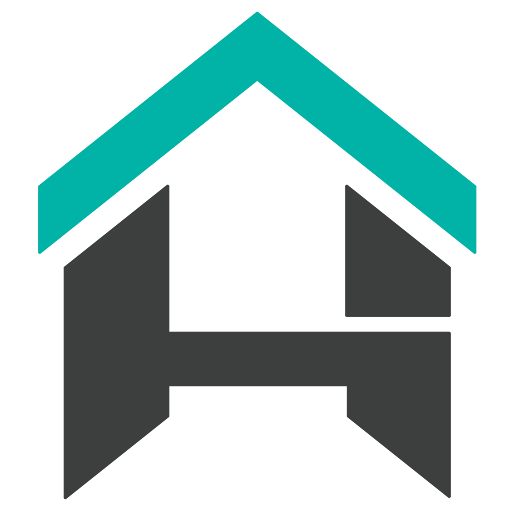
18th, Dec, 2024
Understanding the Basics of House Elevation Design
House elevation design refers to the architectural drawings that depict the exterior appearance of a building from various angles—front, rear, and sides. These elevations are essential for visualizing the final look of a house and play a crucial role in the planning and construction process.
Key Components of House Elevation Design:
Proportion and Scale: Achieving balanced proportions ensures that the house appears harmonious and aesthetically pleasing. This involves careful consideration of the relationship between different architectural elements, such as windows, doors, and rooflines.
Material Selection: Choosing appropriate materials for exterior finishes impacts both the visual appeal and durability of the house. Materials should be selected based on climate, maintenance requirements, and the desired architectural style.
Window and Door Placement: Strategic placement of windows and doors affects the building's aesthetics, natural lighting, and ventilation. Symmetry and alignment play significant roles in creating a cohesive design.
Roof Design: The shape, pitch, and materials of the roof contribute to the overall character of the house. Different roof styles can evoke various architectural themes, from traditional to modern.
Architectural Details: Elements such as columns, trims, and moldings add character and depth to the elevation. These details should complement the overall design theme and enhance visual interest.
Design Process of House Elevation Design:
Conceptualization: Begin with rough sketches to explore different massing options and overall form. This stage involves brainstorming and experimenting with various design ideas.
Development: Refine the chosen concept by adding details, selecting materials, and determining proportions. This phase includes creating more detailed drawings and considering practical aspects of construction.
Finalization: Produce detailed elevation drawings that serve as a guide for construction, ensuring all design elements are accurately represented. These drawings are essential for obtaining building permits and guiding contractors during construction.
Tips for Effective Elevation Design:
Maintain Consistency: Ensure that all elements align with the chosen architectural style for a unified appearance. Consistency in design elements creates a cohesive and harmonious look.
Consider Functionality: Design with practicality in mind, ensuring that aesthetic choices do not compromise the building's usability. For example, window placements should consider both appearance and interior lighting needs.
Use of Technology: Employ design software to create accurate and detailed elevation drawings, allowing for better visualization and modifications. Digital tools can also facilitate collaboration with clients and contractors.
Understanding the basics of house elevation design is essential for creating a home that is both functional and visually appealing. By focusing on proportion, material selection, and thoughtful detailing, one can achieve a design that stands the test of time.
House Gyan all services
Loading...HouseGyan is your trusted platform for everything related to home design, construction, and planning. We offer a complete range of services to help you build your dream home with ease and confidence.
Our Services
- Price Calculators: Plan your budget with our tools like Home Loan EMI Calculator, Tile Price Calculator, Brick Cost Calculator, and more.
- House Drawings & Plans: Explore ready-made house plans or get custom house drawings designed to fit your needs perfectly.
- Elevation Designs: Choose from modern elevation designs or request a custom elevation design for a unique look.
- Accurate Estimates: Get clear and accurate construction cost estimates to plan better.
- Shubh Muhurat & Vastu Tips: Follow our Shubh Muhurat and Vastu guidelines to bring positive energy and harmony to your home.
- DIY Home Repair Guides: Learn easy DIY tips to fix and maintain your home efficiently.
- Interior Design Ideas: Discover creative ideas for living rooms, bedrooms, kitchens, balconies, and more.
Why Choose HouseGyan?
- All-in-One Platform: From house plans to price calculators, we cover it all.
- Custom Solutions: Get personalized designs and estimates for your home.
- Expert Guidance: Access professional tips on Vastu, Shubh Muhurat, and construction materials.
- User-Friendly: Our tools and content are designed to simplify home building for everyone.

The information contained on Housegyan.com is provided for general informational purposes only. While we strive to ensure that the content on our website is accurate and current, we make no warranties or representations of any kind, express or implied, about the completeness, accuracy, reliability, suitability, or availability with respect to the website or the information, products, services, or related graphics contained on the website for any purpose. Housegyan.com will not be liable for any loss or damage including, without limitation, indirect or consequential loss or damage, or any loss or damage whatsoever arising from loss of data or profits arising out of, or in connection with, the use of this website.
Third party logos and marks are registered trademarks of their respective owners. All rights reserved.










